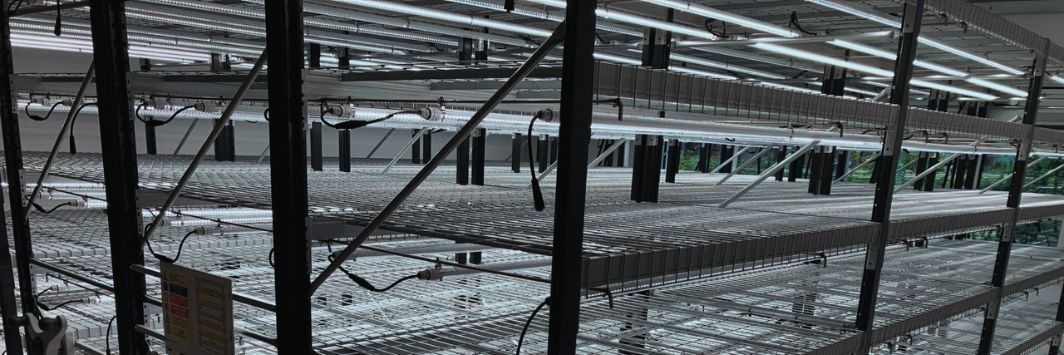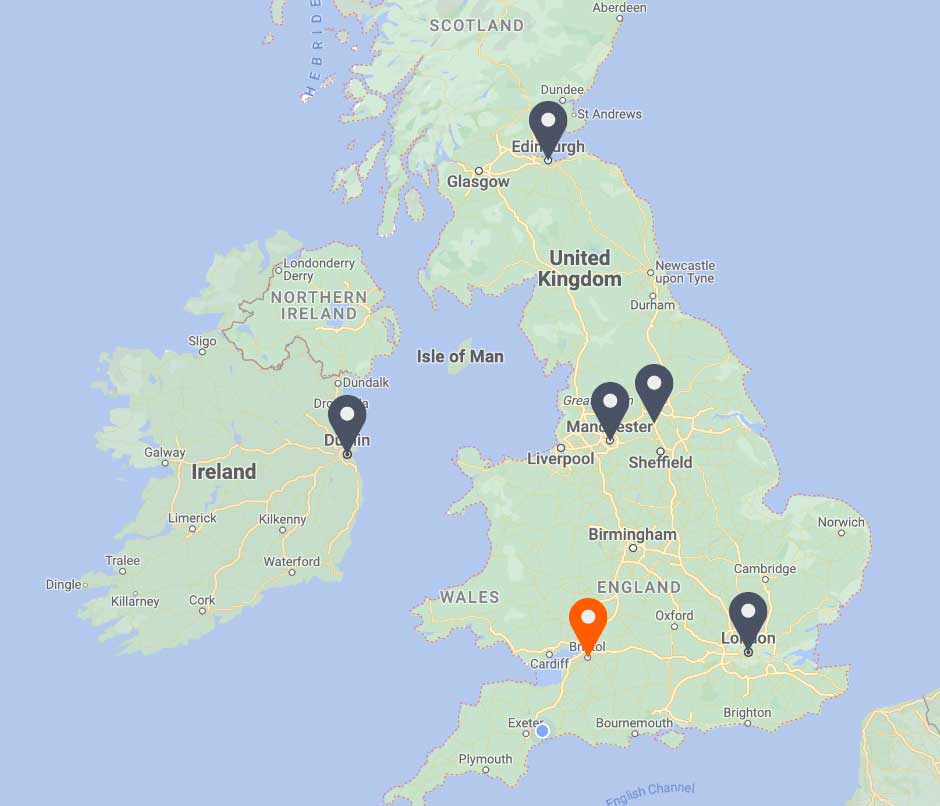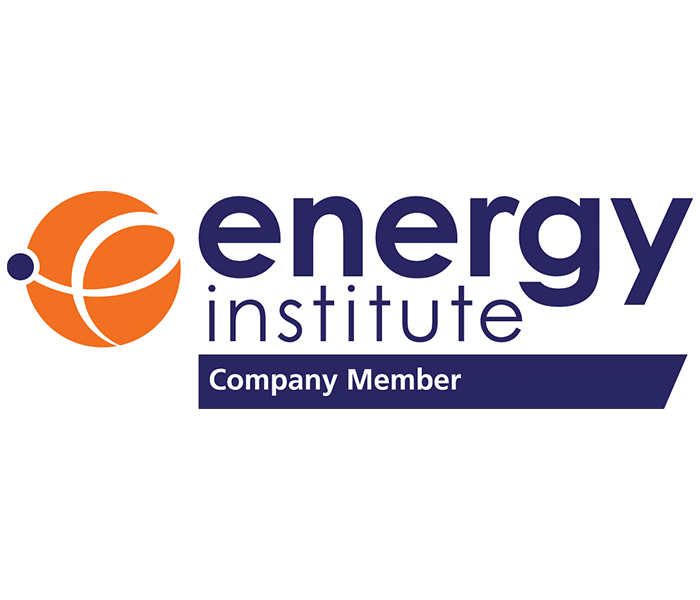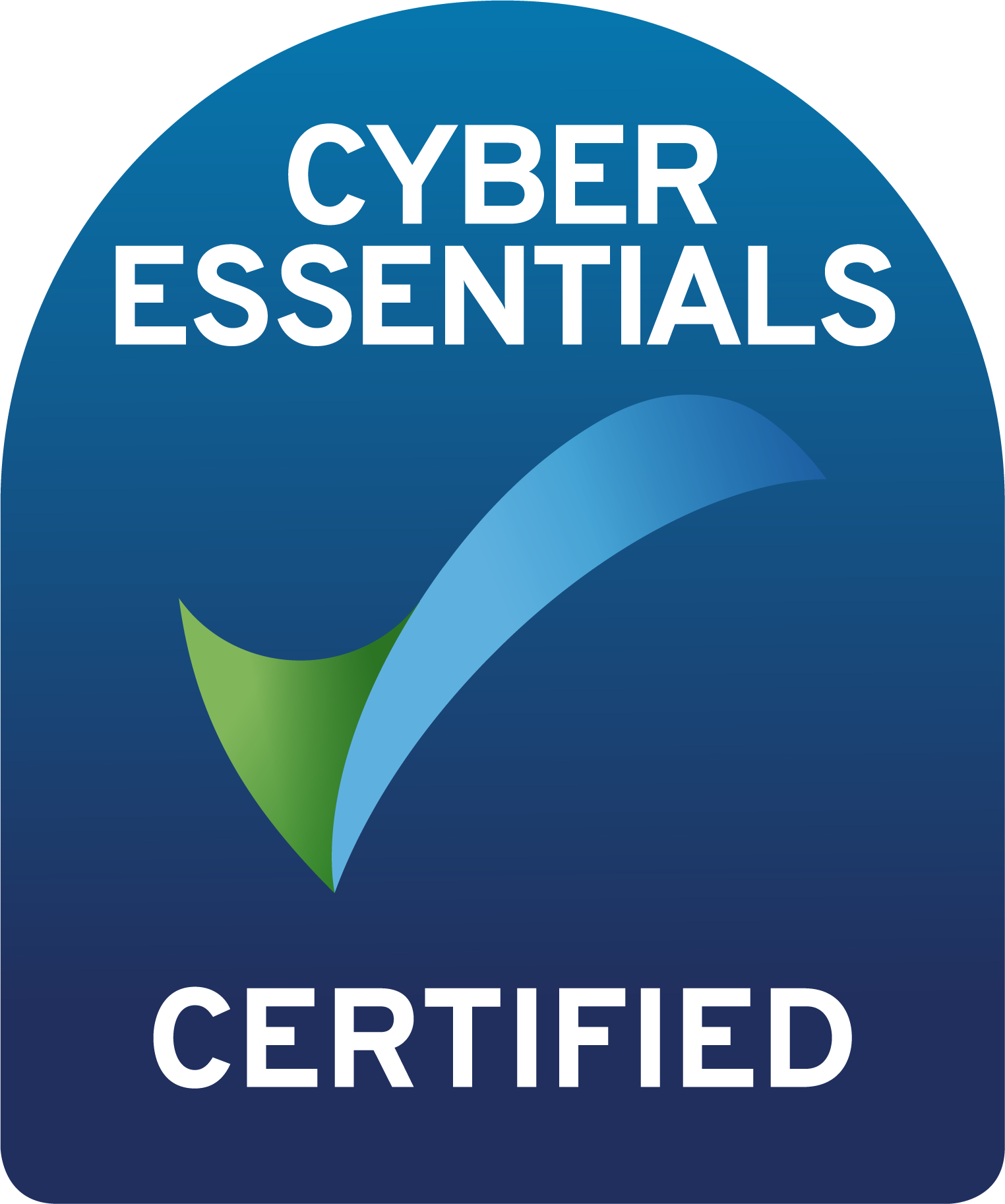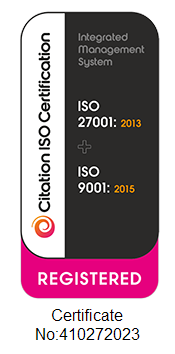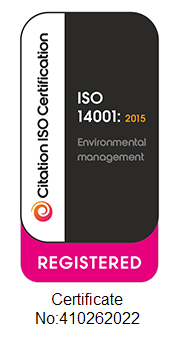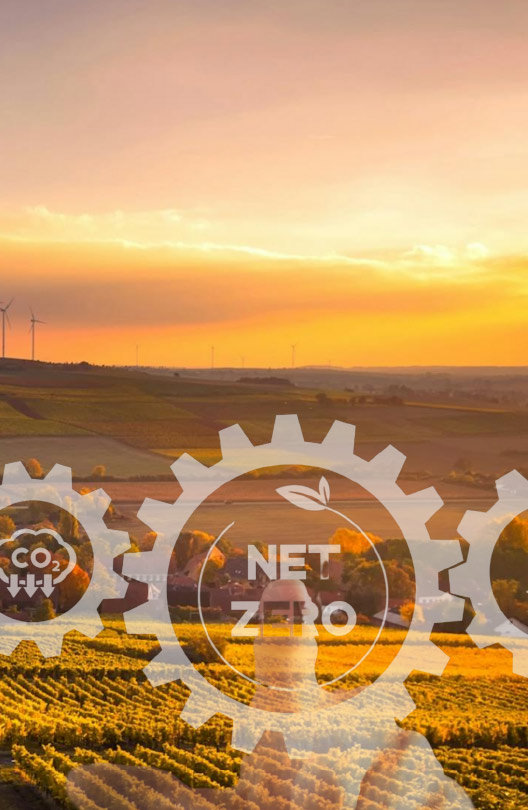
EnCO | Energy Behaviour
EnCO | Energy Behaviour
Empower people | Business energy solutions through employees with a quick payback
Can you believe that businesses can create giant energy savings through ‘people’ measures? EnCO aims to engage, equip and empower organisations and energy professionals to enable significant energy savings through people. The EnCO initiative integrates ‘employee engagement’ with technical opportunities to reduce energy consumption, costs, and carbon emissions to accelerate the journey to net zero emissions.- Energy Conscious Organisation
- Read Our Latest Blog
Empower people | Business energy solutions through employees with a quick payback
Businesses can create huge energy savings through ‘people’ measures? EnCO aims to engage, equip and empower organisations and energy professionals to enable significant energy savings through people. The EnCO initiative integrates ‘employee engagement’ with technical opportunities to reduce energy consumption, costs, and carbon emissions to accelerate the journey to net zero emissions.
Cultivating positive energy saving behaviours through Effective energy management
EnCO helps incorporate employee engagements into business energy management strategies and plans. The framework is based on the five pillars of behaviour change which are Engagement, Alertness, Skills, Recognition, Adaption. Our Approved EnCO Practitioners, Phil and Sanjana, can guide you through each stage and share their comprehensive insights to improve your energy efficiency significantly.
- Engagement – Is everyone engaged in the right way?
- Alertness – Are all teams alert to energy saving opportunities?
- Skills – Do Significant Energy Users have the right skills?
- Recognition – Is energy measured, reported on? Is good practice recognised and celebrated?
- Adaption – How well do policies, procedures and processes adapt to drive continual improvement?
Teamwork makes Net Zero achievable! We are ready to join your journey.
Behaviour change is now a requirement to comply with the Energy Savings Opportunity Scheme (ESOS). Furthermore, there are clauses in ISO50001 that have a people element. These are Leadership (5.1), Energy team (5.3), Significant Energy Users (7.2) Awareness (7.3), Communication (7.4), which can be reviewed and improved through EnCO. Basically, EnCO can accelerate your Net Zero journey and boost business energy management.
The aim is to excite people to challenge the norm, and to encourage mass adoption of energy efficiency good practice through more energy efficient behaviour.
With a partnership with Energy & Technical Services, we are happy to guide you in the implementation of the business energy management strategy and enhance energy consumption patterns. Energy & Technical Services takes a data-driven and technological approach to support your Net Zero strategy and reduce energy consumption. With the use of legacy systems and tailored smart solutions, we ensure that your business can become efficient, sustainable, and profitable for many years.
Smart Energy Management, less carbon emissions, bigger opportunities!
Carbon Reporting leads you to a sustainable future
Energy conscious organisation enco
Steps to Net Zero: Measuring Emissions and Starting Your Journey
Carbon Reporting leads you to a sustainable future
Energy conscious organisation enco
Steps to Net Zero: Measuring Emissions and Starting Your Journey
If you are looking for more trainings, our qualified energy managers are here to help!
SERVICES we offer
ENERGY EFFICIENCY
Lorem ipsum dolor sit amet. Quo quam consequuntur est repellat molestias est autem consectetur ex conse quatur cupiditate et possimus harum. Et omnis numq uam aut ipsam galisum hic quos natus et consequatur officiis non officia sequi olestias est autem.
DATA ANALYTICS
Lorem ipsum dolor sit amet. Quo quam consequuntur est repellat molestias est autem consectetur ex conse quatur cupiditate et possimus harum. Et omnis numq uam aut ipsam galisum hic quos natus et consequatur officiis non officia sequi olestias est autem.
Carbon consultancy
Lorem ipsum dolor sit amet. Quo quam consequuntur est repellat molestias est autem consectetur ex conse quatur cupiditate et possimus harum. Et omnis numq uam aut ipsam galisum hic quos natus et consequatur officiis non officia sequi olestias est autem.
Amend building services scheduling
We recommend amending building services plant and equipment schedules to align more closely with your amended operating hours. This should be done through the BMS (Building Management System) wherever possible, ensuring that all equipment is put into ‘auto’ and not left on ‘hand’ settings. This will ensure that the equipment is appropriately controlled through the BMS and aligned with updated scheduling.
Reduce any heating and air conditioning
You should reduce set points for space heating and introduce setbacks for out of hours occupancy, though you shouldn’t turn off boilers and heating equipment off fully. There will need to remain some level of cycling for building services equipment to allow for frost protection and building fabric protection. You’ll also need to take into account any partial occupancy throughout the shutdown period.
Much of the same applies to air conditioning and ventilation. Ventilation equipment should be reduced, but not turned off completely. Consideration should also be given to the use of reduced and localised ventilation through fan coil units if possible, to reduce any reliance on centralised whole-building space conditioning.
Turn off lighting and small power items where possible
Check any and all lighting that isn’t controlled by the BMS and turn off where possible, but be sure to maintain any lighting levels required to ensure safety in certain environments – for example, external lighting in urban areas as appropriate. Lighting should be reduced as much as possible, but maintaining safety while doing so is key.
Building managers should also ensure that once the building is vacated, all computers, screens and audio-visual equipment are fully turned off and not left in sleep mode. Similarly, all small power items should be turned off where appropriate and not left in hibernate.
Maintain critical water systems
It’s also crucial to take the right approach to your water systems when shutting down your building. Critical systems should be maintained, and operation kept in-line with the Health & Safety Executives Approved Code of Practice L8 to mitigate the risk of legionella upon building reactivation.
Continue to track energy consumption
It’s important to align your updated temporary strategy with any energy management software or external bureau that is being used by the building. Any alerting parameters for excessive consumption should be adjusted to align with the new operational profile.
This will enable you to have a good handle on any potential areas with excessive consumption during a shutdown or lower occupancy period. Additionally, it’s also a great way to gain insight into your baseline consumption within the property. This will then enable you to make better energy management decisions when the building comes back into full operation.
Final thoughts
In short, there’s a lot of things that can be done to minimise energy usage while maintaining building integrity and quality during a shutdown – the above represent some of the key considerations.
For additional guidance, we recommend the Building Engineering Services Association’s SFG30: Mothballing and Reactivation, which provides good holistic guidance on this topic.

Phil Bilyard
Operations Director

Phil Bilyard
Description
We combine engineering, technology and strategy expertise

Phil Bilyard
Description
All projects include Director level involvement from start to finish

Phil Bilyard
Operations Director

Phil Bilyard
Description
OUR PURPOSE:
TO TRANSFORM THE WORLD FOR THE BETTER THROUGH ENGINEERING INTELLIGENCE

Phil Bilyard
Description


Phil Bilyard
Operations Director

Phil Bilyard
Description
We combine engineering, technology and strategy expertise
All projects include Director level involvement from start to finish
OUR PURPOSE:
TO TRANSFORM THE WORLD FOR THE BETTER THROUGH ENGINEERING INTELLIGENCE
Smart energy management as a service can be broken down into five steps:
The process does not have to be linear and customers can start the journey at any stage, from initial planning through to energy audits.
Smart – think about what you’d want the outcome to be, what resources you need to apply and over what timeframe. ETS will gather all your relevant data sets and deploy experienced engineers to audit your facility and major energy users. Clever controls specialists will interrogate your control systems and experienced energy managers will make sense of all this information so that we can advise, manage, optimise and drive down your real time energy consumption.
The benefits of enco

QUICK PAYBACK
Behaviour change is a vital element of energy efficiency on the road to net zero, often at a lower cost than installing physical/technical measures.
MAXIMISED ENERGY EFFICIENCY
Teamwork makes it possible! Employee engagement can lead to the best energy performance.

Sustainable impacts
EnCO can be the foundation for compliance and environmental certifications that drive sustainable impacts.
Optimised for less energy waste
Improved operational efficiency means less energy waste (and money savings too).
Increased return on investment
ETS have a proven track record of significant ROI for our clients. One Irish non-food retail client had a £33k contract and £130k energy savings achieved – that’s a 400% return on investment.
Ensure compliance
Qualifying organisations must carry out an ESOS assessment every four years. SEMaaS reduces your energy consumption to ensure your business stays compliant and energy efficient.



































